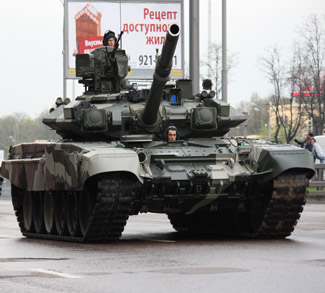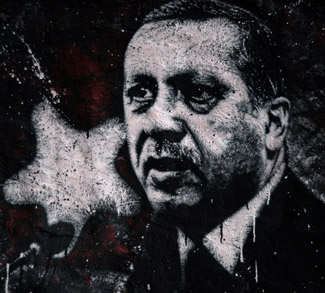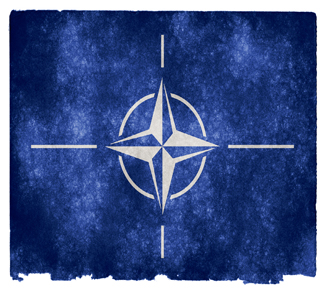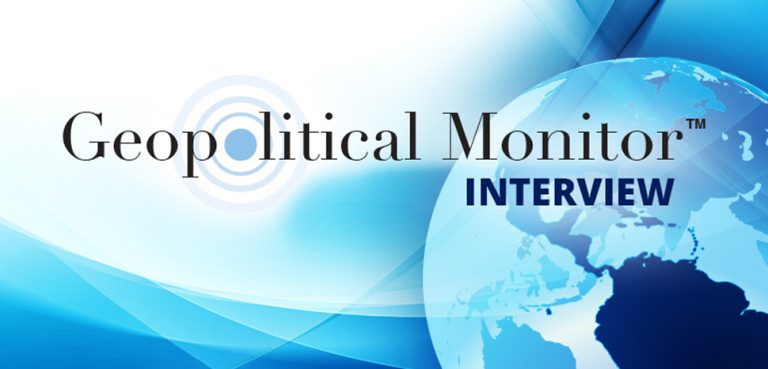This was written in response to an earlier Geopoliticalmonitor.com editorial, It’s Time for Washington to Get Serious about Defending Europe.
How do you solve a problem like Vladimir Putin?
It’s a question Western policymakers have been poring over since the Maidan protests ended a brief post-Cold War honeymoon period in East-West relations.
The easy answer is to fall back on Cold War logic: Putin has opted for military confrontation in Ukraine, so the United States and its NATO allies must respond in turn by boosting their conventional deterrent on the continent. The size and positioning of this deterrent – the Fulda Gap, Poland, the Baltics – are secondary considerations. The main assumption here is that this is a problem that can be solved with more tanks and more jets.
The hard answer requires a bit more thought. While it can be tempting to refer back to historical precedent, especially one as recent as the Cold War, doing so obscures the fact that the world has changed a lot since then.
The nature of war has changed. World powers no longer measure their military girth by the number tanks or troops at their disposal. Since Desert Storm introduced the RMA to the world, the strategic onus has shifted to quality over quantity, with high-tech, interconnected platforms now at a strategic premium. Hell, the nature of war probably changed 50 years ago. Did the Cold War remain cold because of conventional deterrence in Europe or the threat of nuclear reprisals and MAD? Smart money is on the latter.
Russia seems to have gotten the memo on this score. The Putin administration’s annexation of Crimea and not-so-covert support of Ukrainian rebels are two examples of atypical warfare achieving strategic goals without a large commitment of conventional forces. Moscow’s schizophrenic diplomacy and sleights on the battlefield, a modern take on maskirovka, have worked like a charm so far. Faced with this new playbook, Western planners should innovate rather than falling back on old modes of thinking.
Ideology has changed. The Soviet Union championed an ideology that demanded the subjugation of nationalism in pursuit of a socialist ideal. Simply put there was an excuse to conquer other states in order to ‘show them the way.’ No such compulsion exists in Putin’s Russia, which has flipped the equation such that nationalism is the ideal.
Ideology also informs the economic sphere. The Soviet Union and the West were antagonistic trading blocs during the Cold War; the same can’t be said of Putin’s Russia. Gone is the fundamental contradiction between communism and capitalism that precluded any Western investment in Russia and vice versa. And though modern Russia is increasingly an authoritarian state, the West can selectively ignore this if the price is right, much like it does for China or al-Sisi’s Egypt.
And finally Europe has changed. The old bifurcation of East-West has given way to a complex matrix of economic and strategic interests. Where some states like Ukraine and the Baltics view Putin’s Russia as an existential threat, others like Italy and Germany see an economic opportunity; and the continent as a whole is still reliant on Russian energy imports.
This complexity is easy for the Russian side to exploit, evident in how the Putin administration is driving wedges into the EU consensus on sanctions, and it simultaneously makes it harder for the United States to direct the flow of EU-US security relations. It also makes it very unlikely that EU states will come together and hike military spending, leaving Washington to foot the bill for Europe’s defense once again.
If not tanks, then what?
If EU-US relations are truly aligned enough to merit a shared “West” label, then the only way forward is to actually coordinate their policies on the diplomatic and economic fronts. The annexation of Crimea is a dangerous precedent for post-Cold War international society, and it should be the primary focus of ongoing EU sanctions against Russia (as opposed to the fate of the Minsk II process). These sanctions are already having the intended effect of squeezing the Russian economy; now it’s just a question of how long EU leaders choose to keep them in effect.
Elsewhere, EU and US governments must recognize that Russia has an important and potentially beneficial role to play in other international conflicts. This will require some soul-searching about whether the cost of supporting non-EU and non-NATO member Ukraine is worth it. Right now the West is not doing Kiev any favors by extending enough support to inflame Russia but not enough to do anything about it. Either commit fully by offering extensive financial and, if necessary, military support in the form of weapons and training, or accept that Poland is the easternmost frontier of EU/NATO membership and Ukraine is a ‘no-go zone.’
Russia’s military might pose a serious threat to its immediate neighbors, but not to NATO as a whole. Despite this fact, the Cold War approach of amassing conventional deterrence won’t be going away anytime soon. It benefits the vested interests who want to see a boost military spending (conventional platforms have been scaled back in the post-9/11 ascendance of asymmetric warfare), and it’s also comforting to those who want to ‘do something’ about Putin’s aggression – even if that ‘something’ is wasteful and entirely counterproductive.
The opinions, beliefs, and viewpoints expressed by the authors are theirs alone and don’t reflect any official position of Geopoliticalmonitor.com.




